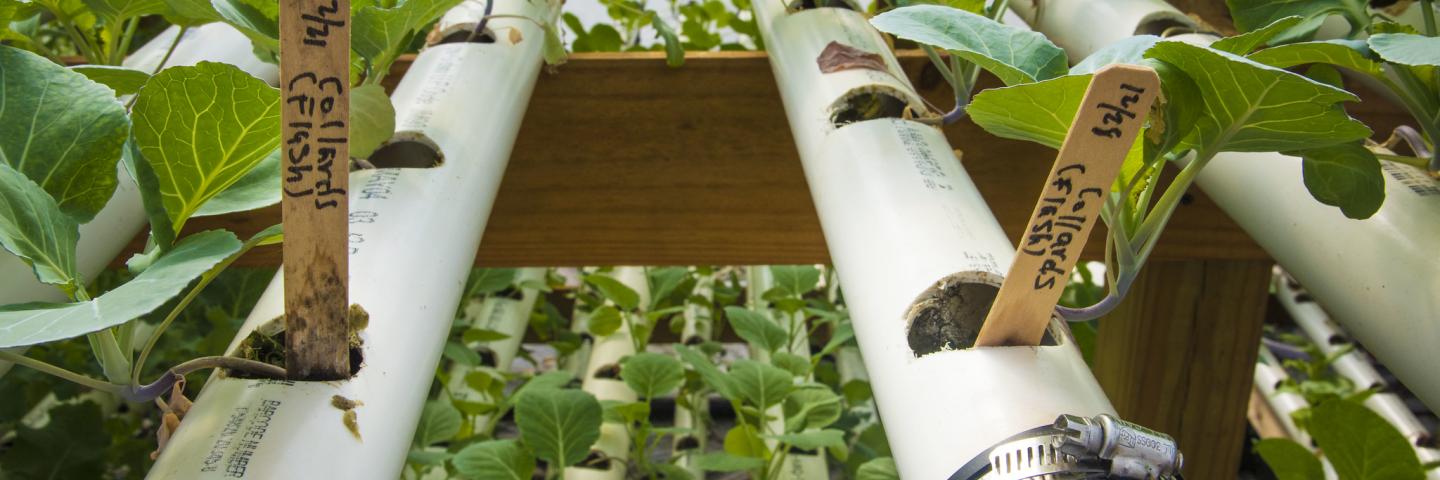
Technical guides are the primary scientific references for NRCS. They contain technical information about the conservation of soil, water, air, and related plant and animal resources.
About the FOTG
Technical guides used in each field office are localized so that they apply specifically to the geographic area for which they are prepared. These documents are referred to as Field Office Technical Guides (FOTGs).
Find your state's technical guide in the FOTG Application.
What Information is in the FOTG?
Important to note: Every state will have slight differences in the content and presentation of information in their FOTG.
Section 1 — General Resource References
This section contains general state resource maps, descriptions of Major Land Resource Areas, watershed information, and links to discipline manuals, reports, and handbooks. Section 1 contains links to research universities and other NRCS collaborators. Section 1 also contains conservation practice cost data, applicable tribal, state, and local laws and regulations, and states technical notes.
Section 2 — Natural and Cultural Resources Information
This section contains natural and cultural resources data, links to databases, and procedures for interpretation. Climatic data, soils information, Ecological Site Descriptions, Forage Suitability Groups, Cropland Production Tables, Wildlife Habitat Evaluation Guides, Water Quality Guides, and other related information can be found in this section. The National Environmental Policy Act, Special Environmental Concern, and protected plant and animal guidance is also found in Section 2.
Section 3 — Resource Concerns and Planning Criteria
This section contains information on NRCS conservation planning criteria, which establish standards for resource conditions that help provide sustained use. Conservation Planning Activities (CPAs), Design and Implementation Activities (DIAs), and Conservation Evaluation and Monitoring Activities (CEMAs) are also found in Section 3.
Section 4 — Practice Standards and Supporting Documents
This section contains NRCS’s Conservation Practice Standards and Practice Support Documents. The Practice Standards establish the minimum level of acceptable quality for planning, designing, installing, operating, and maintaining conservation practices to address one or more of the NRCS resource concerns.
Section 5 — Conservation Effects
This section contains information on conservation effects that provide indicators of the impacts conservation practices and systems have on the natural and cultural resources.

Access the Field Office Technical Guide
Technical guides used in each field office are localized so that they apply specifically to the geographic area for which they are prepared.
What's New in FOTG?
FOTG users will find the new design improves the user experience and encourages consistency in its five sections. The FOTG continues to allow states to add relevant information and is also organized to ensure its structure is consistent for all states.
Here are several major changes to FOTG:
- Users choose a state in an alphabetical list of state names and click “submit” to reach their local FOTG. There are now state specific FOTG URLs that can be bookmarked for direct access. A document tree on the left side of the screen lists the five sections’ contents. Document collections and search results are displayed clearly in the center of the screen.
- The search function provides the ability for more dynamic searching capabilities. Users may filter search results by FOTG Section, file type, or by subject and can navigate to the folder containing the document contained in the search results directly from the Search page.
- Section 4 has undergone the most significant changes to encourage consistency in document organization:
- A formal naming convention for Conservation Practice Standards and Conservation Practice Documents has been established and implemented, ensuring a consistent format is used by all states.
- The Conservation Practice Standards and supporting practice documents use templates to ensure Section 508 compliance and maintenance of a consistent format.

